Tag Archives: visual
New Work: Jesse Moretti
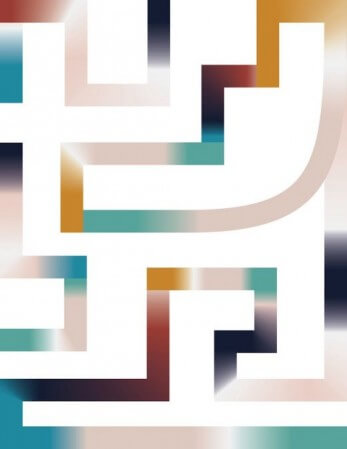
Existing between abstraction, graphic art, Adobe CS, and the screen, Jesse Moretti’s work aims for a place where the supposedly discrete states––flatness/dimensionality and analogue/digital––merge. By creating a feedback loop between digital and material space in the studio, she collapses and unifies the pictorial plane. Born in Miami Beach, Moretti received her MFA from Cranbrook Academy of Art, Bloomfield Hills, Michigan, in 2013. She has received residencies at MANA Contemporary ESKFF, Jersey City, and Pioneer Works Center for Arts and Innovation, Brooklyn.
Evoking the Forms at MOCA North Miami
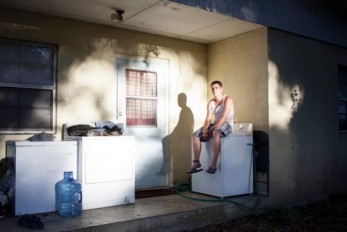
Alternative Contemporaneity is a courageous attempt by director Babacar M’Bow, artist/curator Richard Haden,and educator Adrienne von Lattes to reclaim contemporary art from what M’Bow calls in his catalogue essay the “tiny, economic elite” who consider it (or, rather, its possession) solely as currency in the churning global market. For the MOCA team, contemporary art is nothing less than an exploration of what it means to be human amid the economic, social, and political systems that dehumanize.
Riding in Cars with Curators: Justine Ludwig

Justine Ludwig and I spent a lot of time together during this year’s Dallas Arts Week. Previews, openings, after-parties; galas, auctions, dinners. But we never really had a chance to talk. So on Sunday, April 12, I guilted her into picking me up from my hotel at 1530 Main Street, and driving me to her place of work, Dallas Contemporary, located at 161 Glass Street. Not unlike the movie Speed, the following conversation only took place while we were in motion.
SONGS FEEL LIKE MUSCLE MEMORY, OR, I’M OFF SOCIAL MEDIA, HMU ON YOUTUBE: A Mythography of Domingo Castillo
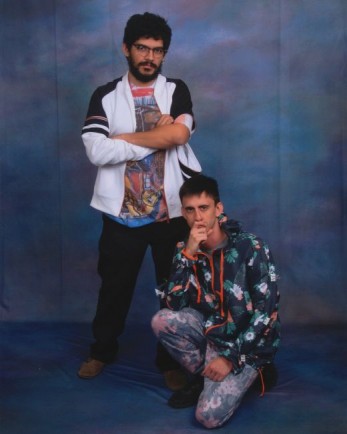
How do you write about an artist whose work is about everything but the work itself? This isn’t a fluffy profile of Domingo Castillo. It’s a fluffy profile of conceptualizations of Domingo Castillo.
Leisure Pit / Hyperobjects: Nicolas Lobo and Timothy Morton

Miami artist Nicolas Lobo is known for giving form to the invisible forces that surround our everyday. Interested in object-oriented thought, his production is both intellectual and process-driven, and his works have revealed interests in a diverse range of phenomena and materials—illegal and informal markets, go-go dancers, and civic infrastructure; concrete, terrazzo, and napalm; and cough syrup, soda, and perfume. For The Leisure Pit, on view at Pérez Art Museum Miami this spring, Lobo used a swimming pool as an outsize tool in an experimental, custom casting process to produce a series of sculptures made from concrete forms submerged underwater and cast inside the pool itself.
Xu Bing: Writing Between Heaven and Earth
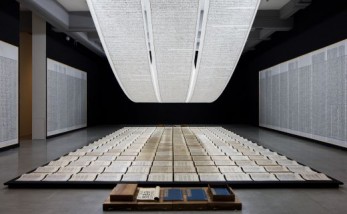
One of my favorite artworks is Xu Bing’s 1st Class (2011), a rug made from half-a-million cigarettes. They stand leaning against each other on the floor to form a 40-by-15-foot “tiger pelt,” the stripes changing from tobacco-brown to filter-orange as you move around the piece. It is about decadence and death and industry and nature—from the history of the tobacco trade to big game—and it’s a perfect balance of all of these, humorous and serious at the same time.
No Neutral Spaces: Material Art Fair 2015
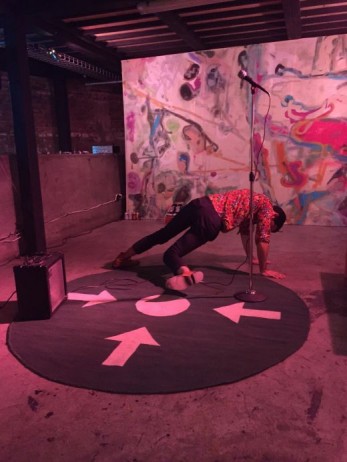
Perhaps no one in Mexico City is more fully engaged with the praxis of merchandise display than the street vendors. Stands hawking nearly identical goods—plastic water guns, cigarette packs stamped with cautionary images of fetuses, striped socks packed in crackling cellophane, and the endless assemblages of Mexican candy (Duvalin, Pulparindo, Lucas Muecas)––are distinguished only by the particular dialogue among the objects. What draws you to this vendor and not to that vendor isn’t a certain stick of gum, it’s the gestalt.
Deborah Kass, Double Yentl (My Elvis) Global Positioning Systems
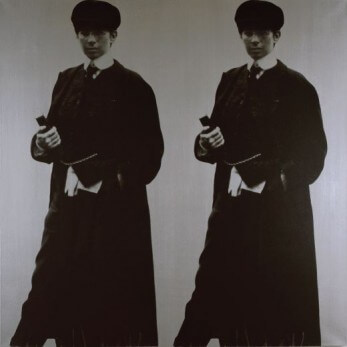
Wander through the galleries on the ground floor of Pérez Art Museum Miami (PAMM), and you can’t miss the imposing, six-foot-tall double painting of Barbra Streisand dressed as a male rabbinical student.
Prospecting
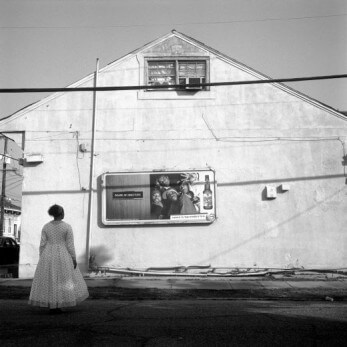
This fall, the PAMM curatorial staff and I took a museum patron trip to New Orleans for Prospect.3: Notes for Now. This is the third installment in a series of large international contemporary art surveys still labeled “biennial” by the organizers, though four years have passed since Prospect 2. The first Prospect, which opened in November 2008, was organized in the aftermath of Hurricane Katrina, in large part as an engine of economic and community development for the devastated city. This edition was organized by Franklin Sirmans, head of contemporary art at the Los Angeles County Museum of Art. In my opinion one of the most talented curators of his generation, he has built a resume heavy on exhibition and publication projects designed to redress the omissions of the Eurocentric Modernist art-historical canon, telling the stories and presenting the artistic achievements of significant yet lesser-known women artists and artists of color from around the world.
Between Two Tomorrows: The 2014 Montreal Biennale

L’avenir (looking forward), the 2014 Montreal Biennale, arises from two perspectives that meet somewhere in the middle. L’avenir is French for what is to come. While that appears to be quite poetic, it could refer to anything between death and the pizza that you just ordered. Looking forward––well, you speak English. We have two conditions of the biennale: the expected object and state, and the expectation itself. Spread out over 14 venues, the biennale comprised 50 artists from 22 countries. Half the artists were from Canada; 16 were from Québec. Although it would be incorrect to reduce the art to a thematic checklist, it seemed that the majority of the pieces held a Janus-faced relationship to both the future and history. This relationship appeared structurally in many of the ongoing research-based projects on display. It also appeared in the content of many pieces explicitly dealing with history.
